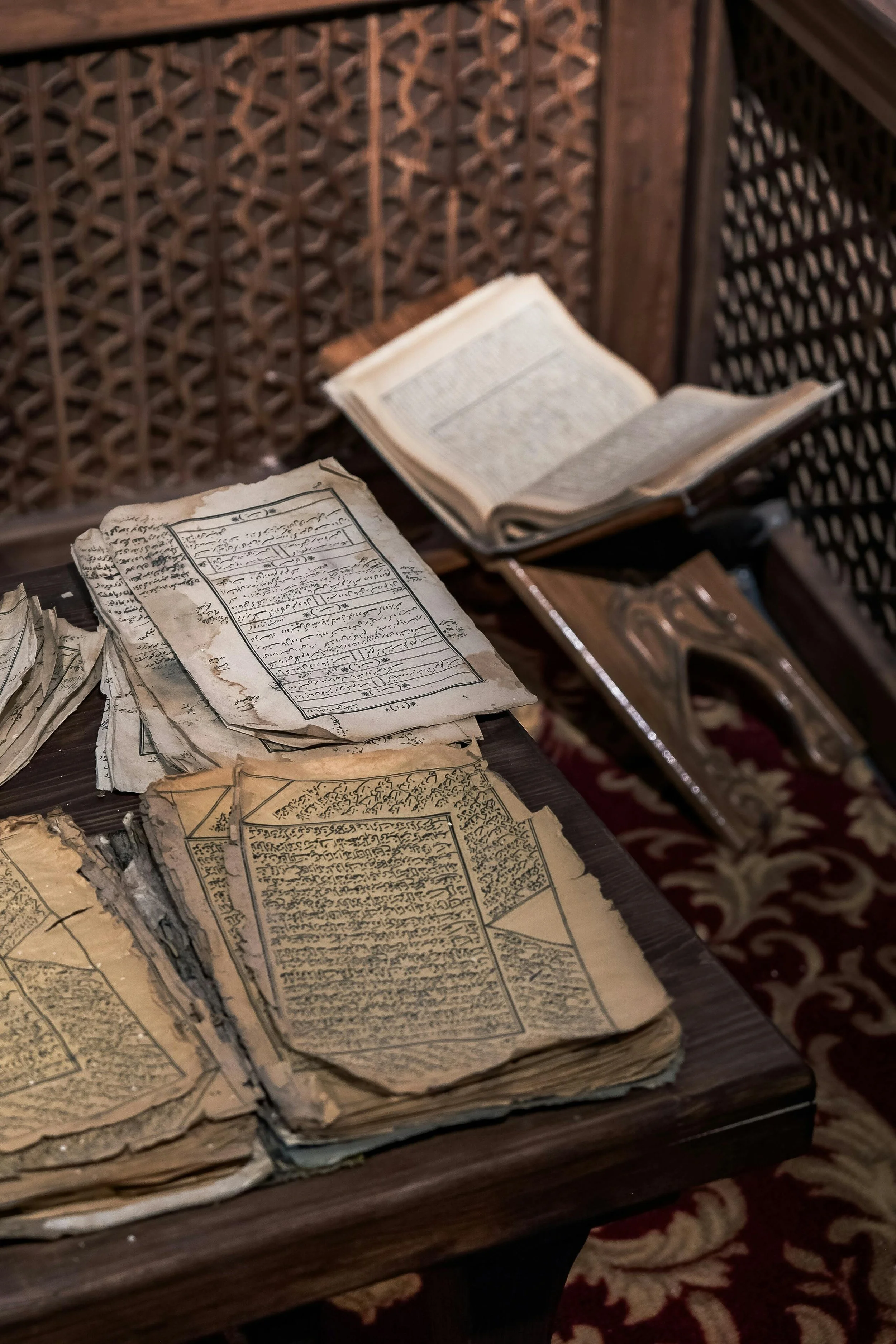While archivists process historical holdings, storing the materials may require additional space within or outside the institution.
Public Use of Organizational Archives
The Value of Archival Labor
With a records retention schedule, retention policy, and collection policy in hand and ideal storage located, the archives program can work on the arrangement and description (also known as processing) of the records of enduring value.
Within each department, the archivist will refine the arrangement of materials to be prepared for the archives, rehouse material, and create inventories to facilitate future access by staff members and other researchers.
Finish Your Family History Projects
Refining Your Archival Skills
I've compiled some of my best post posts on archival management. I love being a consultant who can help organizations fund, set up, or expand their archives programs.
Interested in learning more? Explore my services.
Holiday Gift Guide: Connect Through Memories
A gift that celebrates memories is so much more than a present. An occasion for gift giving--the holidays, a birthday, an anniversary--is all about the experience. And everything's better when you enjoy it together.
Here's a list of distinctive gifts for everyone on your nice list. The ties that bind these gifts together is that they cherish the past or create the future.
Records Disposition for Archives
Determining the flow of an organization’s records ensures that archivists schedule materials for disposition.
In addition, archivists can liaise with departments within their organizations to help retain significant documentation and inclusion of those records within the archives. If there is not already one, creating a records retention schedule should be one of the archivists’ first tasks after an archival assessment.
Safe Storage for Archival Preservation
Many organizations have little room to store archival collections, so rare and fragile materials often end up in less-than-ideal locations.
In addition, most materials deteriorate over time, especially audiovisual materials, so a vigilant eye is needed to protect the items chosen for archival collections.
Archives Assessment Questions
Assessing the Archives Program
Only a fraction of an organization’s records finds their way into the archives. Archives hold non-current records with permanent historical value.
They are no longer needed during day-to-day institutional activities, but they document organizational history. Just as each organization is unique, its archives are equally distinctive. Professional archival principles and standards have been developed over decades of archival practice. However, each organization will adhere to them in its own way.














